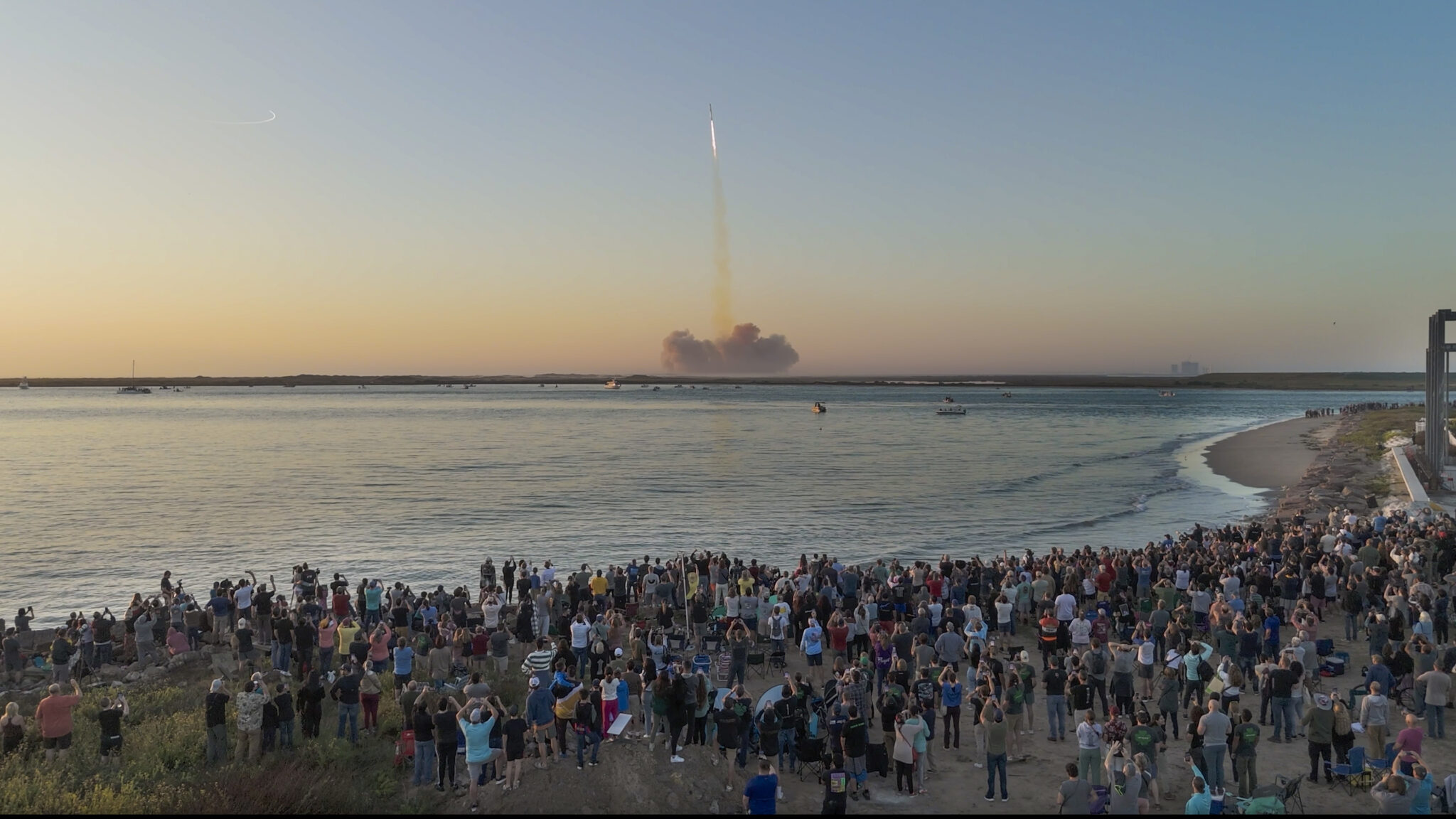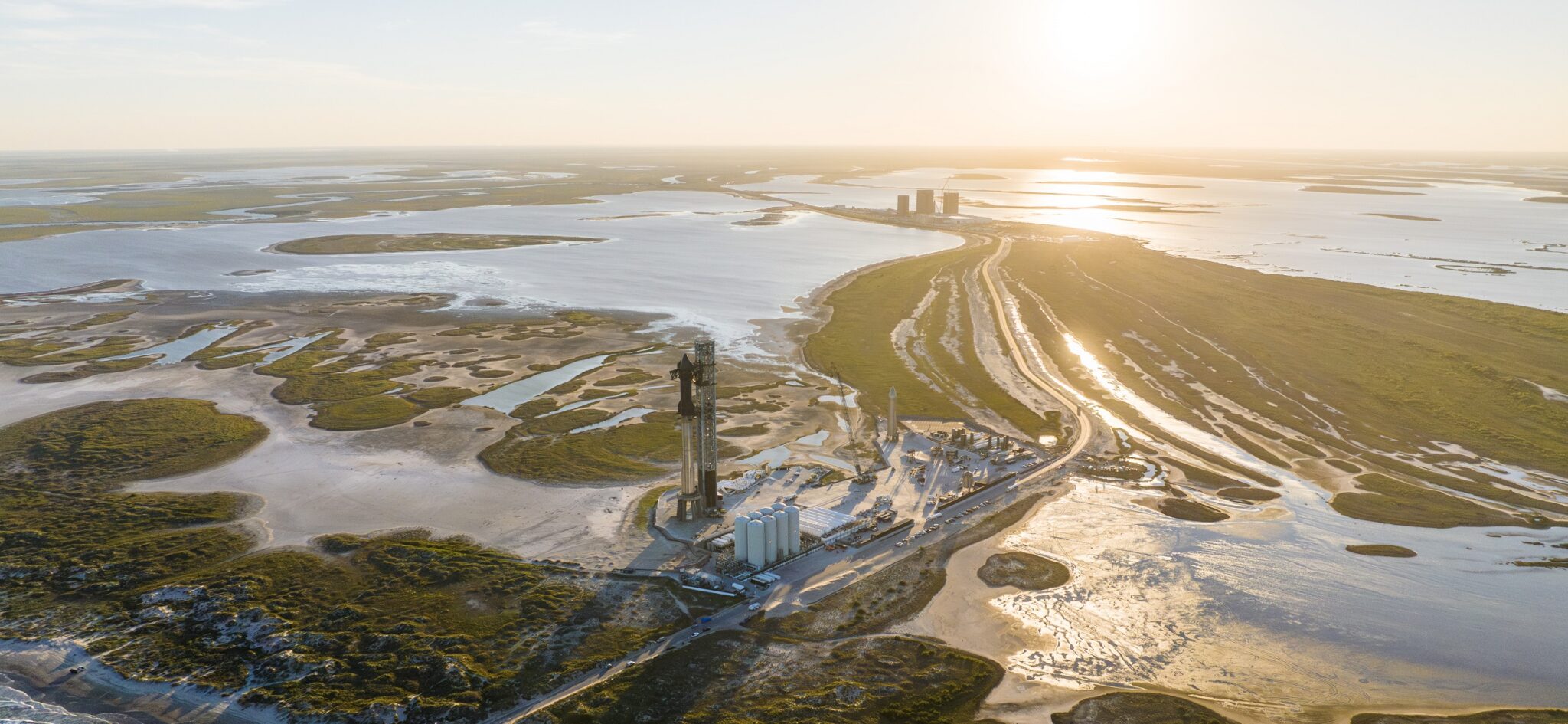On November 18, SpaceX conducted the second test flight of its giant Starship rocket. Although this time the separation of the two stages was successful, the flight ended in the accident: the Super Heavy booster and the spacecraft were blown up. Of course, this incident also requires a thorough investigation.

The goal of SpaceX’s second test mission was to put the upper part of the rocket into near-Earth orbit, and 90 minutes after launch to land it in the Pacific Ocean near the Hawaiian Islands. However, the flight ended after 8 minutes due to the “rapid unscheduled disassembly” of the Starship upper stage, as the company called the explosion of the spacecraft at an altitude of 90 km. The Federal Aviation Administration of the United States (FAA) recognized this incident as an accident and began its investigation to determine the causes of the crash.
SpaceX Starbase is in Boca Chica, Texas, very close to the border with Mexico.
This is what Starhip IFT-2 looked like from Faro Bagdad in Tamaulipas, Mexico, few kilometers away from Starbase.
[???? Juan Correa]pic.twitter.com/aqNX9uJssY
— Massimo (@Rainmaker1973) November 19, 2023
The FAA expressed confidence that SpaceX adhered to all requirements and regulations when investigating the incident. It is also worth noting that, despite injuries during the production of rocket, no one was hurt during the test and there were no reports of property damage from falling debris.
Not good, but not terrible either
This is the second time SpaceX has been under close investigation by the FAA. The first Starship test mission in April was also the subject of a detailed analysis. Then during the flight there were problems with the engines, and the upper stage did not separate as planned, which led to the detonation of the launch vehicle.

This time, the first stage of the flight was without complications. And although both parts of the rocket were destroyed, SpaceX generally rated the test as a success. All 33 Super Heavy engines worked as expected, the booster separated from the upper stage on time, and the Starship rose to the maximum planned height of 148 km.

Despite the positive aspects, it is difficult to predict the fate of the next Starship flight. US government agencies were in no hurry to issue a permit for a second flight. After two failures in a row, getting a third permit can become much more difficult. Therefore, before the third test, the FAA should thoroughly investigate.
Earlier we reported on how eco-activists were trying to ban Starship launches.
According to Space
Follow us on Twitter to get the most interesting space news in time
https://twitter.com/ust_magazine

